Big Foot Road, by Brian: After a swing through the area north of Wall, SD -- infamous for its huge and mega-tacky drug store -- we headed south across I-90 and into Badlands National Park, one of our favorite haunts.
Big Foot Pass is on the route of a band of Lakota led by Chief Si Tanka (Big Foot), who fled Standing Rock Reservation in December 1890 fearing for their safety. A group of about 100 joined Si Tanka’s band at Cherry Creek. He led this large group through the Badlands, but federal troops intercepted them near Porcupine and escorted them to Wounded Knee. On Dec. 29, 1890, more than 250 Lakota men, women and children were massacred by the soldiers.
It's like the Grand Canyon in the Badlands, in that on any given day, the light will reveal something you didn't see on the last trip on the exact same road at the exact same time of day. Sun brings out the striking colors, and overcast brings out an entirely different set of features when the shadows aren't black and the highlights blasted out. We drove on the scenic loop (SD HWY 240) through the Park to SD HWY 44 and home at dark.
But in the meantime, we drove through mile after mile of steeply eroded red and grey banded formations. The red layers are fossil soils called paleosols. These sedimentary rocks are from the Triassic and early Jurassic geologic periods. (Geology of Badlands National Park: A Preliminary Report, By Philip W. Stoffer)
The materials in the Badlands consist of flat-lying mudstones, shales and ash beds of the Oligocene White River Formation. The texture is very fine, and the formations are easily eroded. In fact, geologists expect the Badlands to be completely lost to erosion in 500,000 years. So don't postpone your trip! Wind, rain, and snow erosion creates unique, ever changing shapes. The mounds in the foreground of the photo below were once black ocean mud and are a prime example of paleosols. Most fossils found in this formation are from mammals like the three-toed horse. Low light in the Badlands highlights dramatic shapes and colors.
Text and Photos by Brian Brandt. Text and Photos copyright Goin Mobyle, LLC, 2011


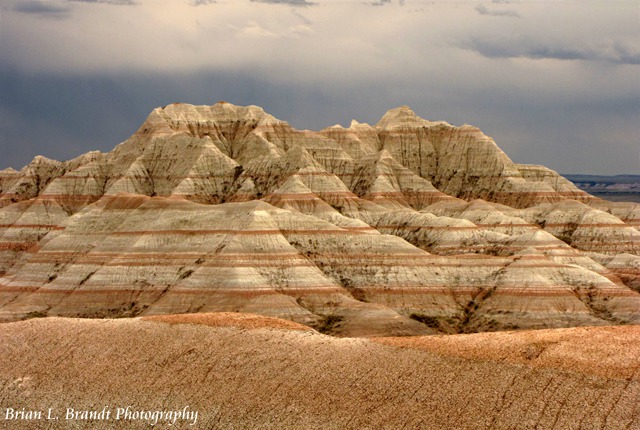
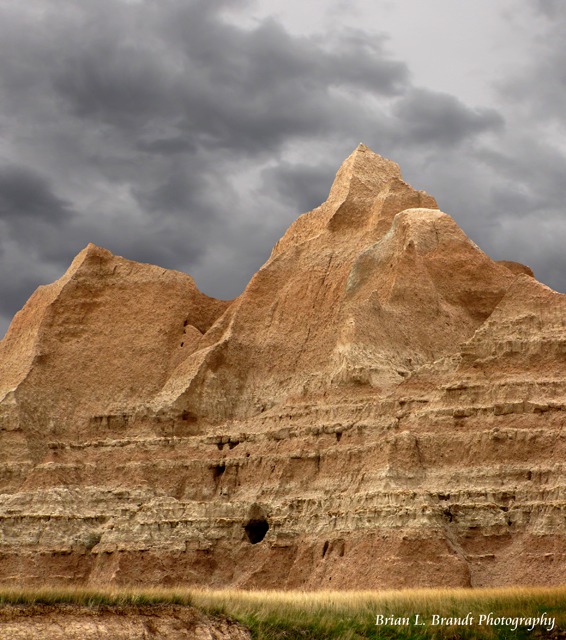
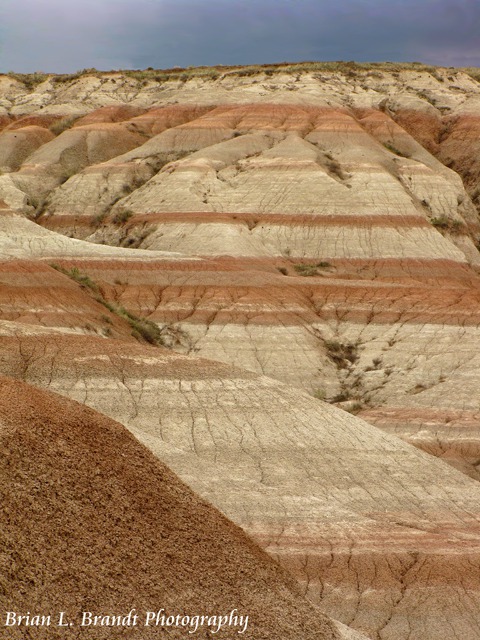


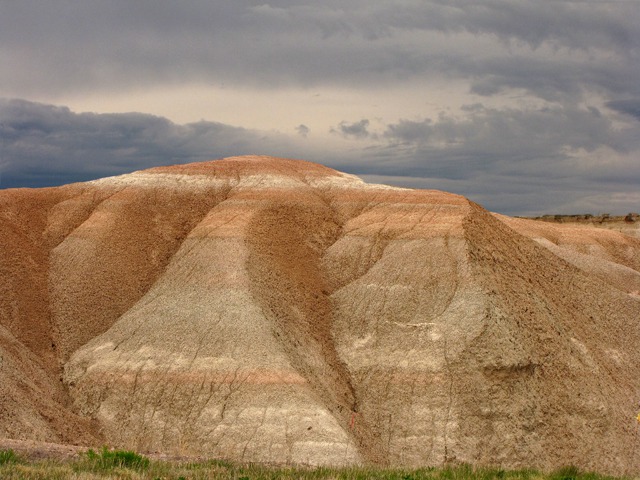
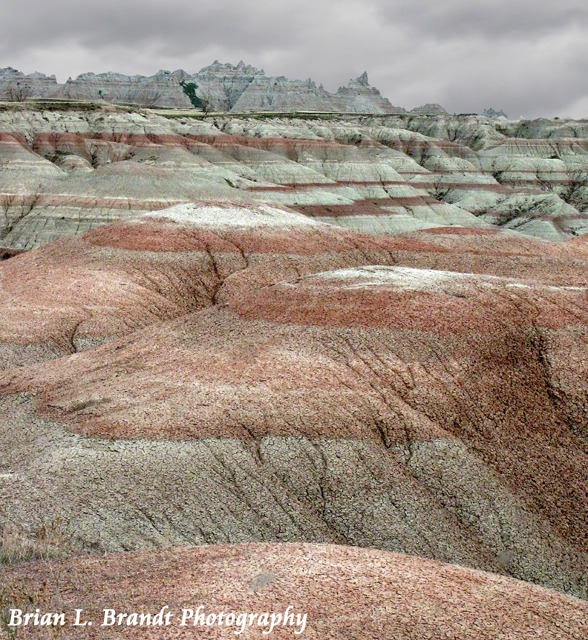
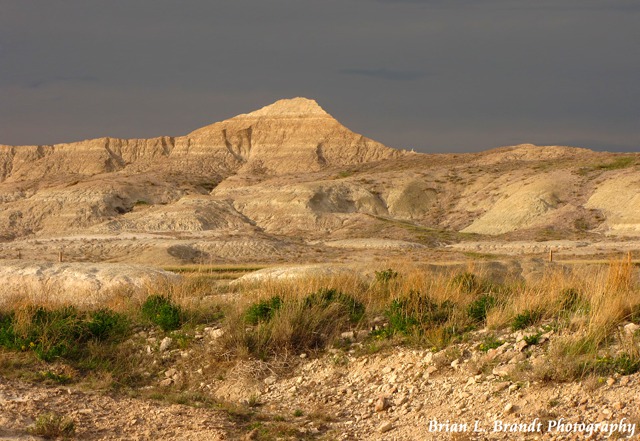
Sal Florentine wrote:
April 1st at 11:52 AM